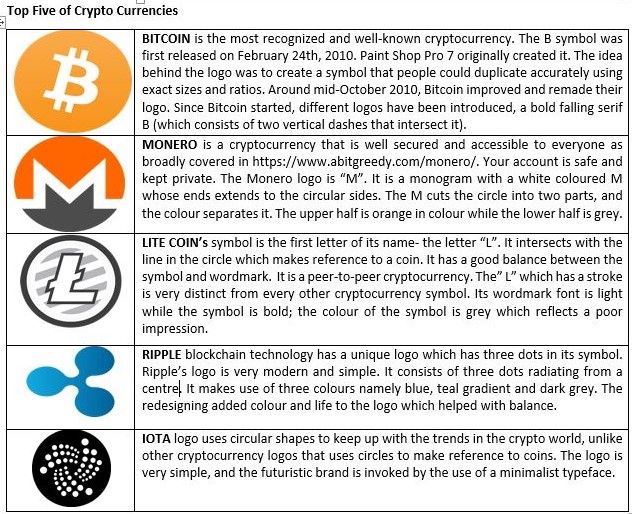It follows the system of decentralized nature of blockchain which makes cryptocurrency theoretically immune to the old ways of government control and interference. It makes it easier to conduct any transactions, for transfers are simplified through the use of public and private keys for security and privacy purposes. These transfers can be done with minimal processing fees, allowing users to avoid the steep fees charged by traditional financial institutions.
Application of BlockChain in Cryptocurrency
The blockchain is just another type of database for recording transactions. At first the blockchain might seem complex but in reality, it’s very simple. Once a transaction occurs, it is copied to all of the computers in a participating network and this is sometimes referred to as a ‘distributed ledger’. Data is stored in ‘blocks’, and there are two main features about ‘blocks’ to know – Content. Mainly a list of instruction statements and digital assets and the amounts and addresses of the parties to those transactions.

1. Distributed Ledger – It is a held database that can be updated independently by any participant who is part of a larger network. This is in contrast to other ledgers that only have a single authority that counterchecks and updates everything. To perform a transaction on the distributable ledger, you will need a cryptocurrency wallet. This is, basically, like a normal wallet, but now digital and encrypted.
2. Pseudonymous – It is these public and private keys that have seen cryptocurrencies labelled as being pseudonymous. A distributable ledger is open for all participants to see, and anyone can possibly see transactions between different wallet addresses.
3. Mining – On the distributed ledger, a collection of transactions is usually arranged into a ‘block’. Blocks are usually heavily encrypted, hence the word cryptocurrency, and they are turned into complex mathematical puzzles. Whoever solves the puzzle, gets to append the block into the blockchain. The process of solving these puzzles is what is known as mining.
4. Transactions – But there is also another reason why mining is important. Mining ensures the accuracy and fidelity of transactions, which is imperative because once a transaction is added on the distributed ledger, it cannot be altered. This introduces the Proof of Work concept, which as the name suggests, is a system of validating work and proving that it is indeed correct. Miners commit a lot of computational resources to find the answers to the mathematical puzzles. The puzzles are designed to be hard to solve, but very easy to verify or prove that it is correct. It is this Proof of Work that validates a cryptocurrency coin or gives it value.
5. The Final Word – So, in summary, cryptocurrencies are basically digital coins that run on a distributed ledger system. They are produced by miners who have specialized hardware designed to solve mathematical puzzles before a transaction is verified and added on the distributed ledger where it now becomes immutable. The idea of work giving the value to a cryptocurrency coin is what is known as the Proof of Work system.
References
1. https://finepoint-design.com/cryptocurrency-logos-what-do-they-mean/
2. https://publiq.network/en/a-dummys-guide-to-cryptocurrencies-part-1/?gclid=CjwKCAjw0N3nBRBvEiwAHMwvNlodHQHMEYV3gkXFKI79wU4k2RAaah0-e2PqJaWdE8MxLka3-71p-RoCAR4QAvD_BwE
3. https://www.avatrade.ng/blog/cryptocurrencies-ng/how-cryptocurrencies-work
Dr. Senthil Kumar, is an Associate Professor of Finance and Business Management in Skyline University Nigeria. He has a PhD. in Business Management from Bharathiar University, India.
You can join the conversation on Facebook @SkylineUniversityNG and on Twitter @SkylineUNigeria
